
Source: © YouTube, "Make a Quick and Easy Mask" | © BenriLifehack
Japanese YouTuber makes easy DIY masks that look surprisingly cool
- Tags:
- coronavirus / COVID-19 / Face masks / Masks / surgical masks
Related Article
-
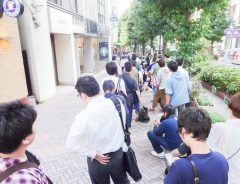
Mask Shortage-Induced Panic Caused Break-in at Japanese Drugstore
-

Due to COVID-19, Tokyo Marathon to Restrict Entry to Elite Runners Only
-

Japanese Illustrator’s Amazing Anthro-Animal Series Gives Them Fantastical Styles From Around The World
-

Fans crush tax donation goal to keep Studio Ghibli Museum thriving during pandemic
-
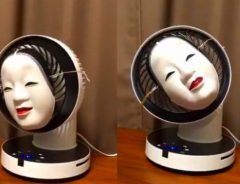
Japanese Noh Mask Attached To Circulating Fan Chills The Room In More Ways Than One
-

Thermogate Zero compact thermographic scanner now on sale to the general public

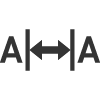
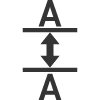




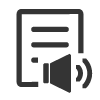















 EN
EN
 JA
JA


In the days of COVID-19, masks are a must-have. However, retailers are struggling to meet demand as panic buying strikes consumers across Japan. Sharp has begun production but who knows when the average consumer will get them. Even when the wayward store clerk manages to stock the random shipment, they are instantly snatched.
Admittedly, it’s hard to keep your cool among throngs of open-palmed customers. There are just too many scrounging through empty crates looking for what amounts to glorified toilet paper.
Sadly, on more than one occasion, I've pushed my way through crowds and rustled through bins to find only pink masks remaining. Maybe when that old lady isn't looking, I can swipe her's. Or bribe the clerk next time I see him.
Thankfully there is Benri Lifehack. On his channel, he shows us, the frenzied mob, that we need not sell our firstborn in order to breathe easily. There are several simple solutions for the mask-less among us.
Quick and Easy Masks
In his DIY video, the YouTuber demonstrates how to make a mask from household products. Viewers need only procure extended hairbands available at most 100 yen shops. Measure out the length of the mask band by wrapping the hairband over both of your ears and across your mouth. Tie the ends together to make a large circle and cut off any excess hairband. This band will wrap around your ears and cross your face while holding the mask in place. Make sure it is large enough.
Next, there is the vent. Benri Lifehack makes masks from both paper towels and handkerchiefs. Take whichever is convenient and fold it over the hairband, interweaving it over the top band and tucking it under the bottom band. And that's it, voila, you have a face mask. No pillaging necessary.
A Few Pointers From Benri Lifehack
If you have a look at Benri Lifehack's channel, you can see the man spends a lot of time expediting his life. He has videos featuring helpful hints on how to maximize your use of zip ties, and how viewers can make their own “Meiji Chocolate” with a hot glue gun. Delicious.
So, it's no wonder the vlogger has a few words of wisdom when it comes to at-home mask making. He starts by explaining that there is a shortage of masks amid the coronavirus scare. He formerly made complicated masks using paper towels, a stapler, and rubber bands, but he found it too time-consuming. After all, he's a busy guy with a lot of life hacking to do.
Frustrated, he tried folding a paper towel over a rubber band. It was easy enough, but the rubber band hurt his ears. He switched to an elastic band, which is also available at 100 yen stores, but it was too forceful. The band pulled down on his ears and was overall unpleasant. Finally, he settled on using hairbands.
As it turns out, Benri Lifehacker has allergies. He often makes a quick mask using paper towels when at home cleaning. However, according to the YouTuber, masks made from paper towels will stick to your face if you wear them outside for too long. He prefers a towel handkerchief if he is out for an extended period. He recommends this design to most viewers.
Finally, he warns viewers to avoid using DIY masks for long periods. Also, avoid using vinyl, wet towels, or other materials that will obstruct breathing.
Masks and Coronavirus
Life Hacker is quick to admit he is uncertain whether his DIY mask is effective at stopping the virus. Personally, I've questioned the efficacy of masks at protecting people from infections. I decided to do a bit of research to understand whether masks are worth the trouble.
According to The Guardian, face masks may offer limited protection from infection. To put a number on things, masks make an infection five times less likely. This is particularly true when interacting with someone who is sick with the virus.
Masks are most useful at catching droplets produced from sneezing and coughing. As such, they can limit transmission from infected individuals. However, the article admits that for the average person walking down the street or taking a bus, masks probably have little use.
The World Health Organization (WHO) corroborates this conclusion, claiming only caregivers or the infected need to wear masks. Moreover, they explain the proper way to wear one: